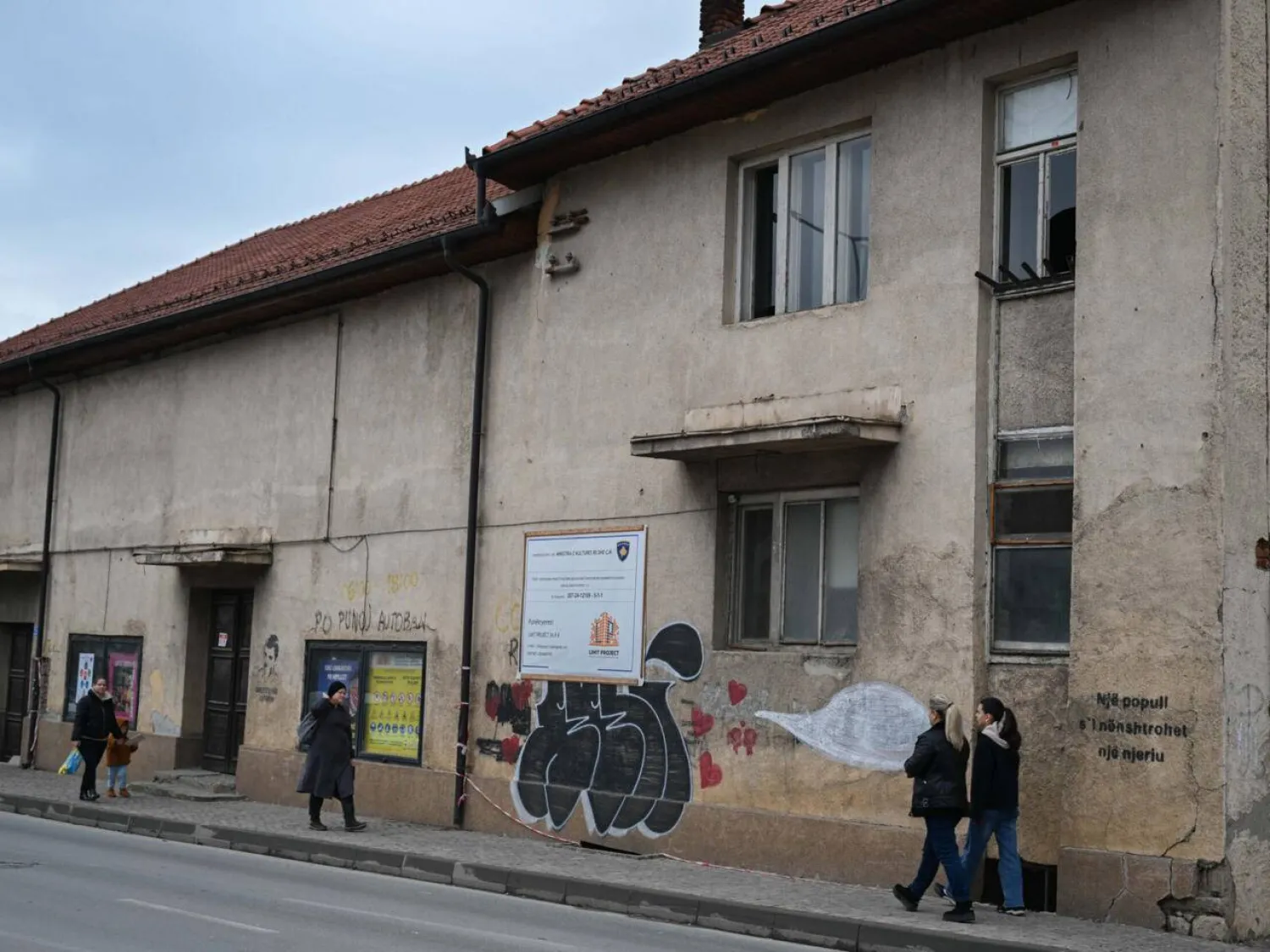Iraq is debating whether to remove a statue of the Abbasid Caliph Abu Jafar Al-Mansur in central Baghdad. Some argue it’s a cherished symbol, while others say it’s divisive between Shiite and Sunni communities.
Calls to remove the statue coincide with Shiite attempts to make “Eid al-Ghadir” a national holiday, opposed by Sunni parties.
The proposal caused a rift in parliament, with Shiite and Sunni deputies disagreeing on its inclusion without consultation.
The statue of Abu Jafar Al-Mansur was unveiled in Baghdad’s Al-Karkh district in 1977. Created by Iraqi artist Khalid Al-Rahal, it has become a subject of debate over whether it should stay or go.
Calls for its removal have surfaced before, but protection measures were taken, and the voices demanding its removal faded.
However, in 2005, the statue was bombed, attributed to “unknown militants.” It was moved for safety and returned in 2008 during improved security.
Recently, analysts close to the “Coordination Framework” coalition claim the statue angers many Iraqis and argue for its removal.
Public rejection of the proposal has been strong on social media. Iraqi police have deployed around the monument, as seen in widely shared images.
Yet, social media has also seen a resurgence of sectarian tensions, highlighting divisions among Iraq’s communities.
Government representatives have firmly opposed any disrespect towards the statue, emphasizing its importance in Baghdad’s cultural heritage.
“The statue must remain in its place without any form of disrespect or infringement,” Fadel Al-Badrani of the Ministry of Culture told Asharq Al-Awsat.
Al-Badrani highlighted the statue’s significance, noting its role as a symbol cherished by Iraqis and admirers of Baghdad’s history and heritage.
Critics have labeled calls for its removal as “sectarian talk,” reflecting a lack of seriousness in Iraq’s political landscape.









